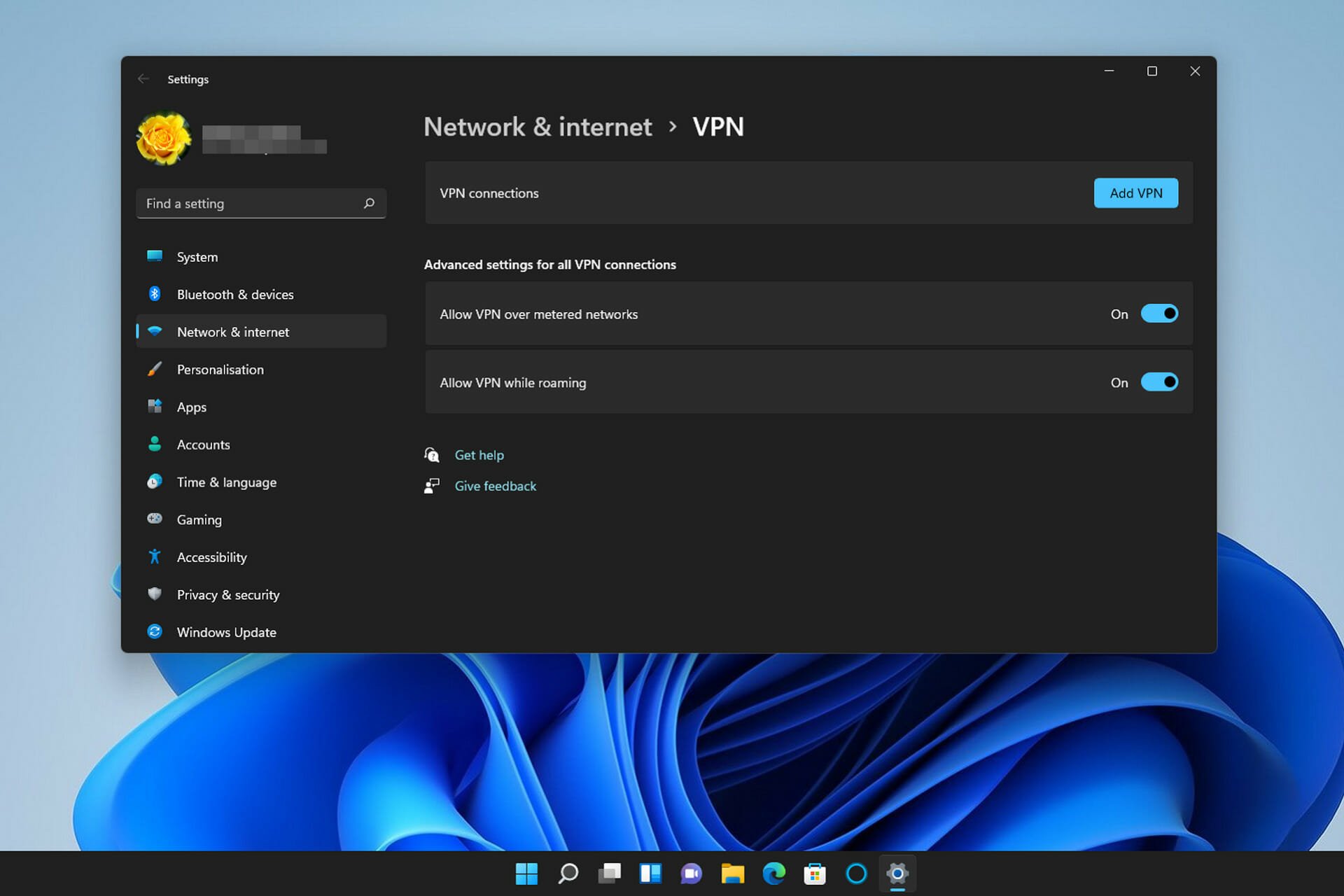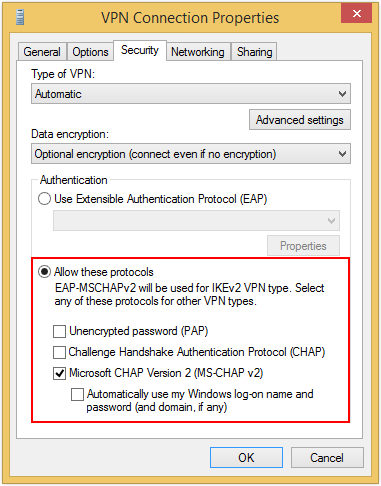Featured
Table of Contents
Common Network Issues & Solutions : Solved

The Routing and Remote Gain access to snap-in lives within the Microsoft Management Console, referred to as the MMC. There are several methods to access the MMC. You can select the console from the Start menu's Programs alternatives, within the Administrative Tools folder within Windows server's Control board or by typing mmc at a command prompt.
As Tech, Republic's Brandon Vigliarolo demonstrates within his video at the start of this short article, the Services console displays the status of the Routing and Remote Gain access to entry. From within the Providers console and with the Routing and Remote Access entry highlighted, you can click Start the Service or right-click the entry and select Restart.
Sometimes the VPN customer and VPN server are set to utilizing various authentication techniques. Confirm whether an authentication mistake is the problem by opening the server console. Another method of accessing the MMC is to type Control+R to open a command timely in which you can type mmc and struck Get in or click OK.
If the entry isn't present, click File, choose Add/Remove Snap-in, select the Routing and Remote Gain access to choice from the choices and click Add, then OK. With the Routing and Remote Access snap-in added, right-click on the VPN server and click Residences. Then, examine the Security tab to validate the authentication technique.
How To Troubleshoot Common Vpn Issues
Make sure the VPN customer is set to the authentication technique defined within the Security tab. Normally the products just reviewed are accountable for many VPN connection refusal mistakes.
Each Web-based VPN connection generally uses two different IP addresses for the VPN client computer system. This is the IP address that's utilized to establish the preliminary TCP/IP connection to the VPN server over the Web.

This IP address normally has the same subnet as the local network and thus enables the client to communicate with the regional network. When you established the VPN server, you need to configure a DHCP server to assign addresses to clients, or you can create a bank of IP addresses to assign to clients directly from the VPN server.


If this choice is picked and the reliable remote gain access to policy is set to permit remote gain access to, the user will have the ability to connect to the VPN. I have actually been not able to re-create the circumstance personally, I have heard rumors that a bug exists in older Windows servers that can cause the connection to be accepted even if the effective remote gain access to policy is set to deny a user's connection.
Vpn Unlimited Knowledge Base - Troubleshooting

Another typical VPN problem is that a connection is successfully established however the remote user is not able to access the network beyond the VPN server. Without a doubt, the most typical reason for this problem is that permission hasn't been approved for the user to access the whole network. To permit a user to access the whole network, go to the Routing and Remote Gain access to console and right-click on the VPN server that's having the issue.
At the top of the IP tab is an Enable IP Routing check box. If this check box is made it possible for, VPN users will have the ability to access the rest of the network, assuming network firewalls and security-as-a-service settings permit. If the checkbox is not selected, these users will have the ability to gain access to only the VPN server, but absolutely nothing beyond.
If a user is dialing straight into the VPN server, it's normally best to configure a static path in between the client and the server. You can configure a fixed route by going to the Dial In tab of the user's residential or commercial properties sheet in Active Directory site Users and Computers and selecting the Apply A Fixed Path check box.
Click the Add Path button and after that get in the destination IP address and network mask in the space offered. The metric ought to be left at 1. If you're utilizing a DHCP server to designate IP addresses to customers, there are a number of other problems that might cause users not to be able to exceed the VPN server.
Troubleshooting
If the DHCP server appoints the user an IP address that is currently in use elsewhere on the network, Windows will identify the dispute and avoid the user from accessing the rest of the network. Another common problem is the user not getting an address at all. Many of the time, if the DHCP server can't assign the user an IP address, the connection will not make it this far.
254.x. x range. If the client is appointed an address in a variety that's not present within the system's routing tables, the user will be unable to browse the network beyond the VPN server. Other problems can add to this problem, too. Guarantee the resources the user is attempting to access are in fact on the network to which the user is connecting.
A VPN connection to the other subnet might, in truth, be required. A firewall or security as a service solution could also be to blame, so don't forget to evaluate those solutions' settings, if such elements exist in between the VPN server and the resources the user seeks to reach.
The first possibility is that one or more of the routers included is carrying out IP package filtering. I suggest inspecting the customer, the server and any devices in between for IP packet filters.
Latest Posts
The 6 Best Vpn Stocks To Buy Right Now For August 2023
The Top 10 Enterprise Vpn Solutions
Best Vpn Service 2023: Vpns Tested By Our Experts